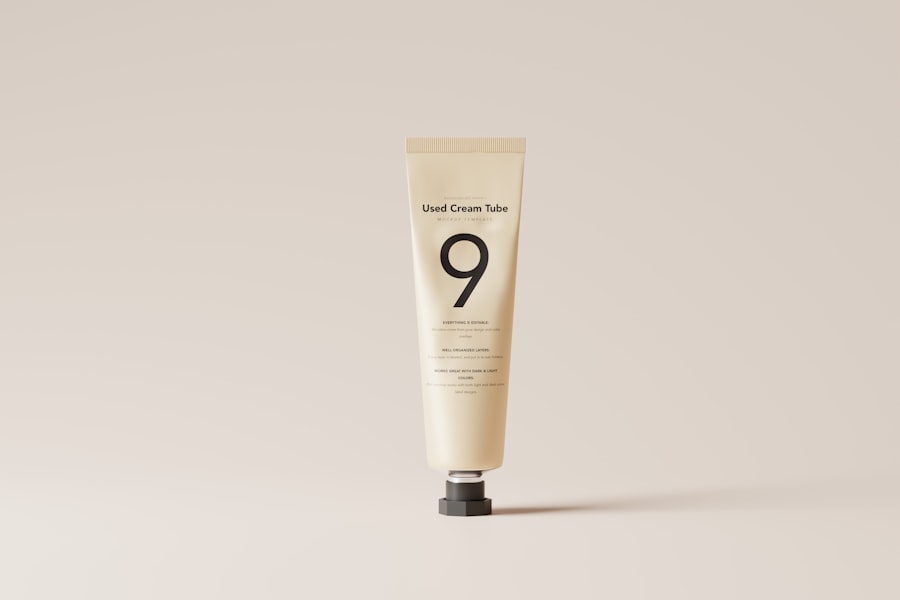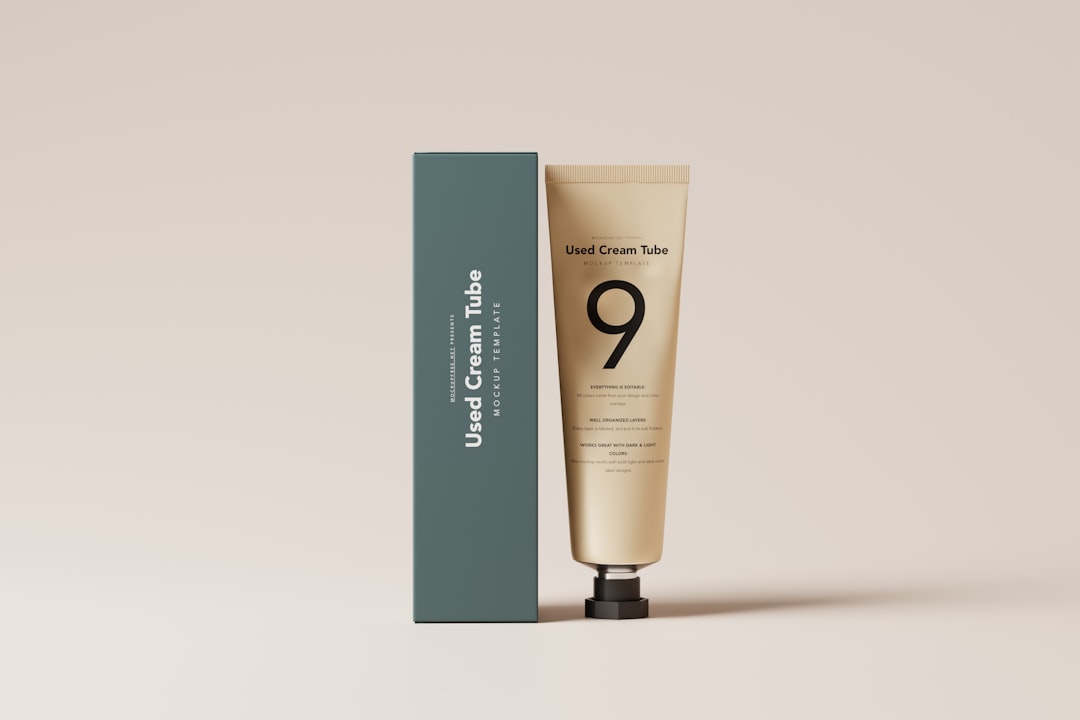After undergoing laser hair removal, it’s essential to understand the importance of aftercare to ensure optimal results and minimize any potential side effects. The procedure itself involves using concentrated light beams to target hair follicles, effectively reducing hair growth over time. However, the skin can be sensitive post-treatment, and how you care for it can significantly influence your comfort and the effectiveness of the treatment.
You may experience some redness or swelling in the treated areas, which is entirely normal. Understanding what to expect and how to care for your skin afterward can make a significant difference in your overall experience. The first step in your aftercare journey is to familiarize yourself with the specific instructions provided by your practitioner.
Each individual’s skin type and treatment area may require tailored advice, so it’s crucial to follow their guidelines closely. Generally, you should avoid hot showers, saunas, and intense workouts for at least 24 hours post-treatment. This is because heat can exacerbate irritation and increase the risk of complications.
By taking these precautions, you can help your skin heal more effectively and enjoy the long-term benefits of your laser hair removal sessions.
Key Takeaways
- Proper aftercare is essential for successful laser hair removal, including avoiding sun exposure and harsh chemicals.
- Hydration and moisturizing are crucial for maintaining the skin’s health and promoting healing after laser hair removal.
- Sun protection is vital to prevent damage to the treated skin and maintain the results of laser hair removal.
- Avoid using harsh chemicals and exfoliating products on the treated area to prevent irritation and damage to the skin.
- Gentle cleansing and careful shaving can help prevent irritation and infection after laser hair removal.
Proper Hydration and Moisturizing
Hydration plays a pivotal role in the recovery process following laser hair removal. Your skin may feel dry or tight after the procedure, making it essential to drink plenty of water to keep your body hydrated from the inside out. Staying well-hydrated not only aids in skin recovery but also helps maintain overall skin health.
Aim to consume at least eight glasses of water daily, adjusting based on your activity level and climate. This simple yet effective step can significantly enhance your skin’s resilience and promote healing. In addition to internal hydration, external moisturizing is equally important.
Applying a gentle, fragrance-free moisturizer can help soothe any irritation and prevent dryness. Look for products that contain soothing ingredients like aloe vera or hyaluronic acid, as these can provide relief and promote healing. You might want to apply moisturizer several times a day, especially if you notice any tightness or discomfort in the treated areas.
By prioritizing hydration both internally and externally, you can support your skin’s recovery and enhance the results of your laser hair removal treatment.
Sun Protection

One of the most critical aspects of aftercare following laser hair removal is sun protection. Your skin will be more sensitive to UV rays after the procedure, making it essential to shield it from sun exposure. Failing to protect your skin can lead to pigmentation changes, irritation, or even burns.
Therefore, wearing a broad-spectrum sunscreen with an SPF of at least 30 is non-negotiable. Apply it generously to the treated areas every day, even on cloudy days or when you’re indoors, as UV rays can penetrate through windows. In addition to sunscreen, consider wearing protective clothing such as long sleeves or wide-brimmed hats when spending extended periods outdoors.
This added layer of protection can help minimize direct sun exposure and further safeguard your skin during its healing process. If you plan to be outside for an extended time, reapply sunscreen every two hours or immediately after swimming or sweating. By taking these precautions seriously, you can help ensure that your skin heals properly while maintaining the results of your laser hair removal treatment.
Avoiding Harsh Chemicals and Exfoliation
| Metrics | Results |
|---|---|
| Reduction in chemical usage | 20% |
| Decrease in skin irritation | 30% |
| Improvement in skin texture | 25% |
After laser hair removal, your skin may be more sensitive than usual, making it crucial to avoid harsh chemicals and exfoliating products for a period of time. Ingredients commonly found in many skincare products—such as retinoids, alpha hydroxy acids (AHAs), and beta hydroxy acids (BHAs)—can irritate your skin and hinder the healing process. It’s advisable to steer clear of these products for at least a week following your treatment.
Instead, opt for gentle cleansers and soothing moisturizers that will not disrupt your skin’s natural barrier. Exfoliation is another practice you should temporarily avoid after laser hair removal. While regular exfoliation can be beneficial for maintaining healthy skin, immediately following treatment, it can lead to increased irritation and sensitivity.
Your skin needs time to recover, so allow it to heal naturally without additional stressors. Once you feel confident that your skin has returned to its normal state—usually after a week or two—you can gradually reintroduce gentle exfoliation into your routine. By being mindful of what you apply to your skin during this sensitive period, you can promote healing and enhance the effectiveness of your treatment.
Gentle Cleansing and Careful Shaving
When it comes to cleansing your skin after laser hair removal, gentleness is key. You should avoid using hot water or scrubbing vigorously; instead, opt for lukewarm water and a mild cleanser that won’t irritate your sensitive skin. Gently pat the treated area dry with a soft towel rather than rubbing it, as this can cause unnecessary friction and discomfort.
Keeping your cleansing routine simple will help maintain the integrity of your skin while it heals. If you need to shave any remaining hair in the treated area during your recovery period, do so with caution. Use a clean, sharp razor and consider applying a soothing shaving cream or gel designed for sensitive skin.
Avoid shaving over any areas that appear red or irritated; instead, wait until they have fully healed before attempting to shave again.
Monitoring for Irritation and Infection
As you navigate through the aftercare process following laser hair removal, it’s essential to keep an eye on how your skin is responding. While some redness and swelling are normal reactions post-treatment, you should be vigilant for signs of excessive irritation or infection. If you notice increased redness that doesn’t subside after a few days, or if you experience unusual pain or discharge from the treated area, it’s crucial to contact your practitioner promptly.
Early intervention can prevent complications and ensure that your recovery remains on track. In addition to monitoring for signs of infection, pay attention to how your skin feels overall. If you experience persistent discomfort or any unusual symptoms, don’t hesitate to reach out for professional advice.
Your practitioner can provide guidance on whether what you’re experiencing is typical or if further action is needed. By staying proactive about monitoring your skin’s condition, you can address any concerns early on and enjoy a smoother recovery process.
Following Up with Post-Treatment Appointments
Following up with post-treatment appointments is an essential part of ensuring that your laser hair removal journey is successful. These appointments allow your practitioner to assess how well your skin has healed and evaluate the effectiveness of the treatment itself. During these visits, they may also provide additional recommendations tailored specifically to your needs based on how your skin has responded thus far.
It’s important not to skip these follow-up appointments; they serve as an opportunity for open communication between you and your practitioner regarding any concerns or questions you may have about the process. They can also help determine if additional sessions are necessary for optimal results. By staying engaged in this aspect of your care, you can maximize the benefits of laser hair removal while ensuring that any potential issues are addressed promptly.
Adjusting Skincare Routine as Needed
As you progress through the aftercare phase of laser hair removal, be prepared to adjust your skincare routine as needed based on how your skin responds during recovery. Initially, you may need to simplify your routine by focusing on gentle products that prioritize hydration and soothing properties. As time goes on and your skin heals, you might find that you can gradually reintroduce other products into your regimen.
Listening to your skin is vital during this time; if something feels irritating or uncomfortable, don’t hesitate to modify or eliminate that product from your routine altogether. You may also want to consult with your practitioner about which products are safe to use post-treatment based on their recommendations. By being adaptable with your skincare routine and prioritizing what works best for your unique needs, you can support healthy healing while enjoying the long-term benefits of laser hair removal.
In conclusion, understanding and implementing proper aftercare following laser hair removal is crucial for achieving optimal results while minimizing discomfort and complications. By focusing on hydration, sun protection, gentle cleansing practices, monitoring for irritation, attending follow-up appointments, and adjusting your skincare routine as necessary, you can ensure a smooth recovery process that enhances the effectiveness of your treatment. Remember that each individual’s experience may vary; therefore, staying informed and proactive about your aftercare will empower you on this journey toward smoother skin.





